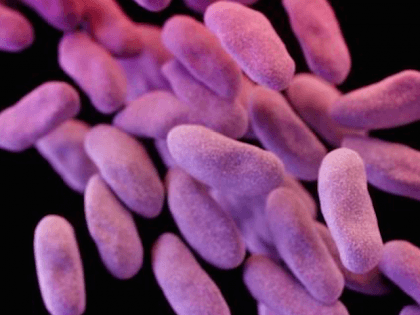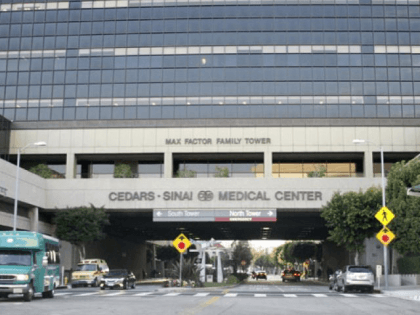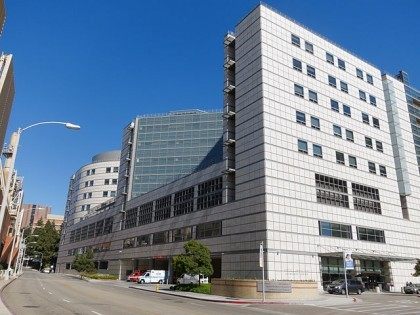Antibiotic-Resistant ‘Superbug’ Reaches U.S.
A day long-feared by doctors has arrived: A patient in the United States infected by a strain of bacteria that appears completely resistant to antibiotics.

A day long-feared by doctors has arrived: A patient in the United States infected by a strain of bacteria that appears completely resistant to antibiotics.

(AFP) – Ten million people could die by 2050 unless sweeping global changes are agreed to tackle increasing resistance to antibiotics, which can turn common ailments into killers, a report warned Thursday. Commissioned by the British government, the Review on

The Environmental Protection Agency has found the lethal “superbug,” carbapenem-resistant Enterobacteriaceae (CRE), in a sewage plant in Los Angeles that treats waste and releases it into the Pacific Ocean.

Doctors have long worried about the evolution of a disease that would defeat antibiotic treatments. There are now two such “superbugs” on the medical radar screen, and one of them is spreading through the United States.

On Wednesday, another Los Angeles area hospital revealed that a “superbug” transmitted through duodenoscopes was found in some of its patients.

A new report from a public health department in Seattle that examines Seattle’s 10-month outbreak of a superbug in 2013 indicates that despite efforts to make duodenoscopes–the medical devices responsible for the transmission–risk-free, they still pose a risk to patients at hospitals nationwide, the Los Angeles Times reports. Los Angeles suffered an outbreak last year that was reported in early 2015.

Four patients at Cedars-Sinai have contracted the “CRE super-bug.” One has died and 67 are at risk of exposure, according to a hospital spokesman. The latest outbreak follows the death of two patients, near-death of five, and exposure to 179 patients in a similar outbreak from October through early January at UCLA’s Ronald Reagan Medical Center. In both occurrences the culprit seems to have been contaminated body scopes.

Less than two weeks after the UCLA Ronald Reagan Medical Center revealed that 179 patients might have been exposed to the “superbug”–the carbapenem-resistant Enterobacteriaceae (CRE)–Cedars-Sinai Medical Center in Beverly Hills admitted on Wednesday that four patients also contracted the same superbug, and 64 others may have been infected since last August, according to Reuters.

On Wednesday, the Centers for Disease Control revealed that a superbug called Clostridium difficile, or C. diff, triggers over 450,000 infections a year nationwide and causes nearly 15,000 deaths. The bacterial infection, which is contained in feces, can be contracted by contact through hands or contaminated surfaces.

Rep. Ted Lieu (D-Torrance) has called on Congress to investigate the “superbug” outbreak at UCLA that claimed the lives of two patients, infected five more, and possibly exposed 179 others.

The Ronald Reagan UCLA Medical Center apologized on Thursday after news surfaced this week of two patients who died from contracting a “superbug” through the use of endoscopes called duodenoscopes that had been contaminated.

A procedure called ERCP, or endoscopic retrograde cholangiopancreatography, which uses a specialized endoscope to deal with ailments of the digestive system, has unwittingly introduced a superbug called CRE, or carbapenem-resistant Enterobacteriaceae, into at least two patients at UCLA’s Ronald Reagan Medical Center who died as a result. Five other patients were also exposed to the superbug; 180 more may have been exposed.
